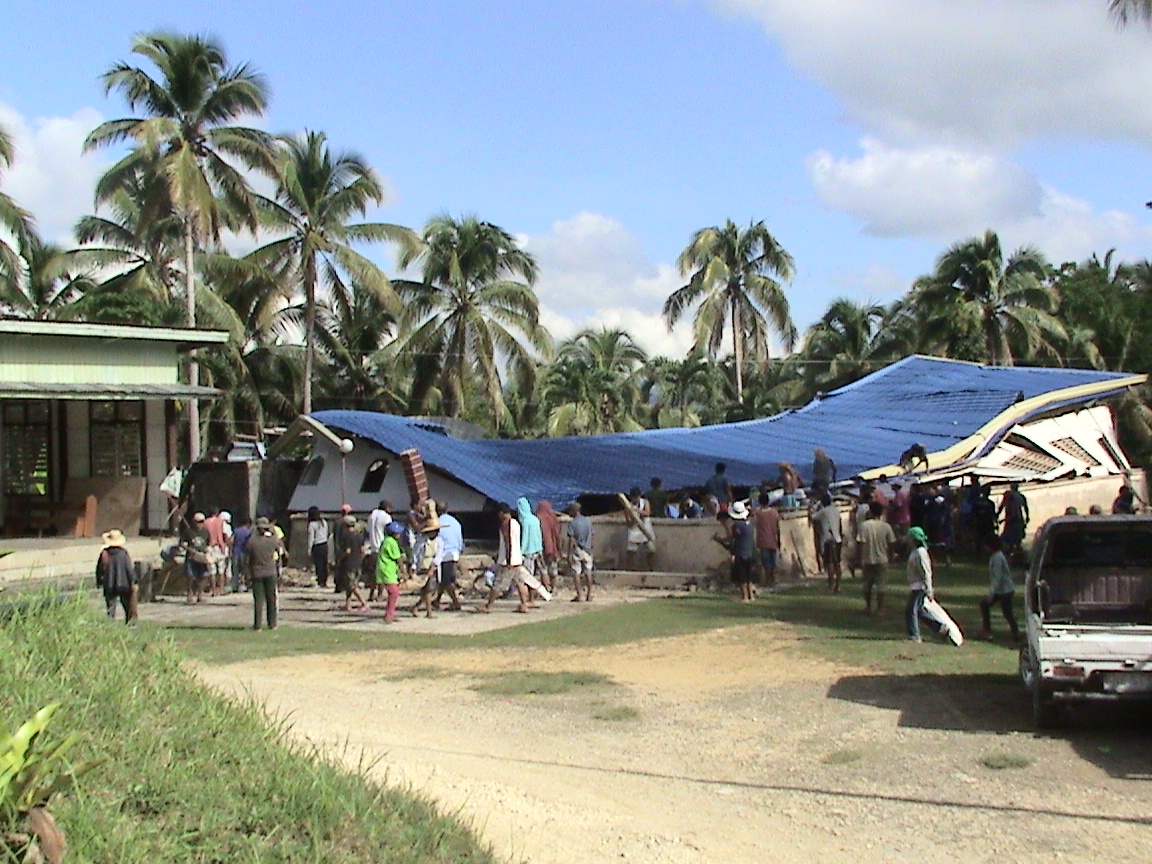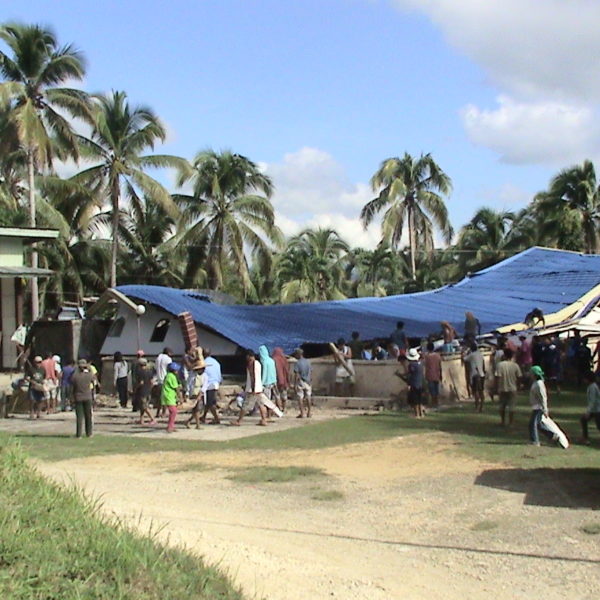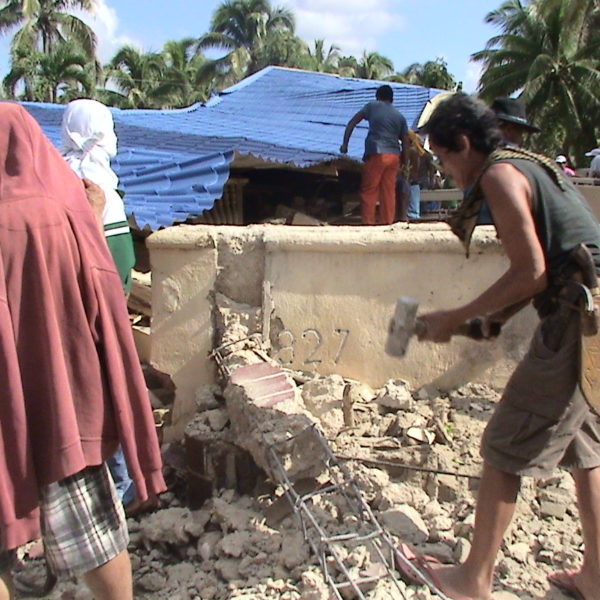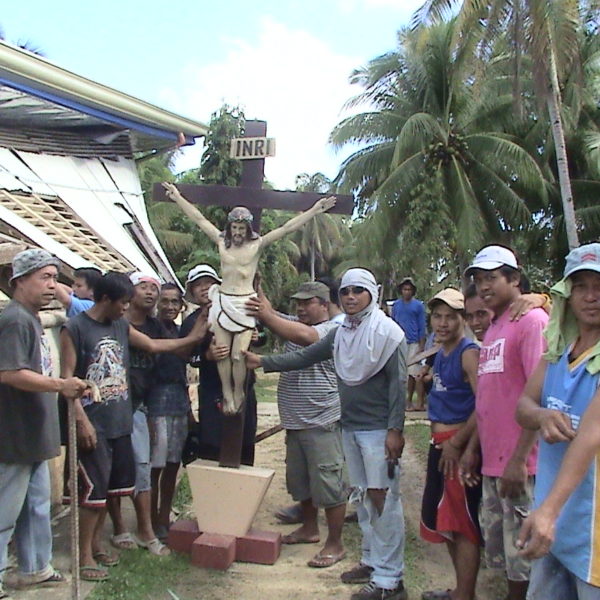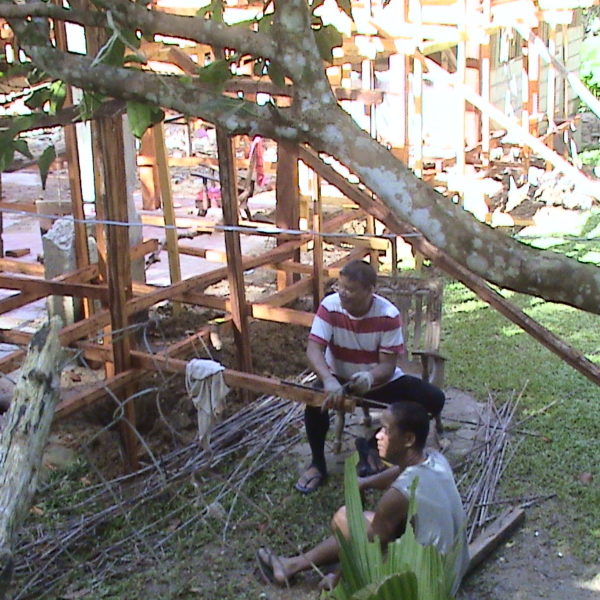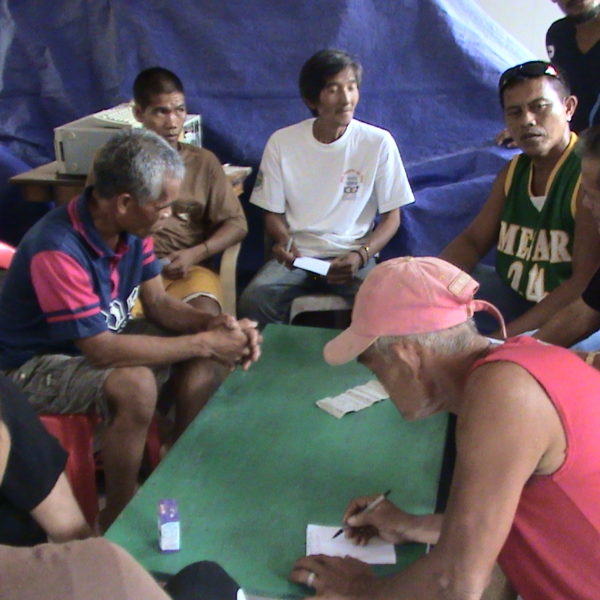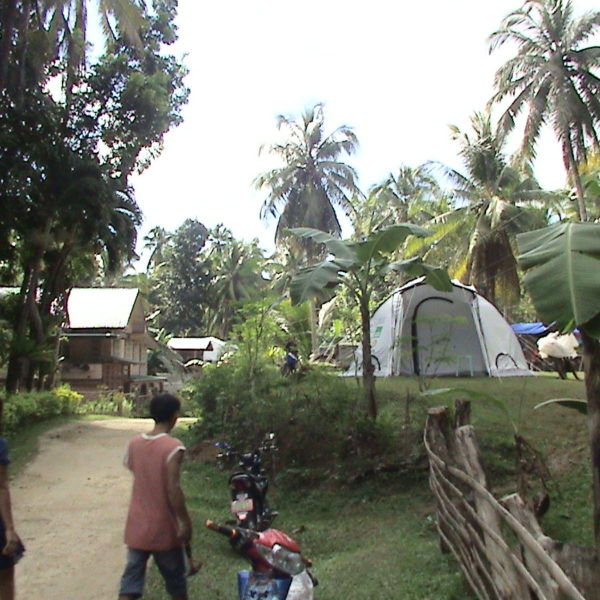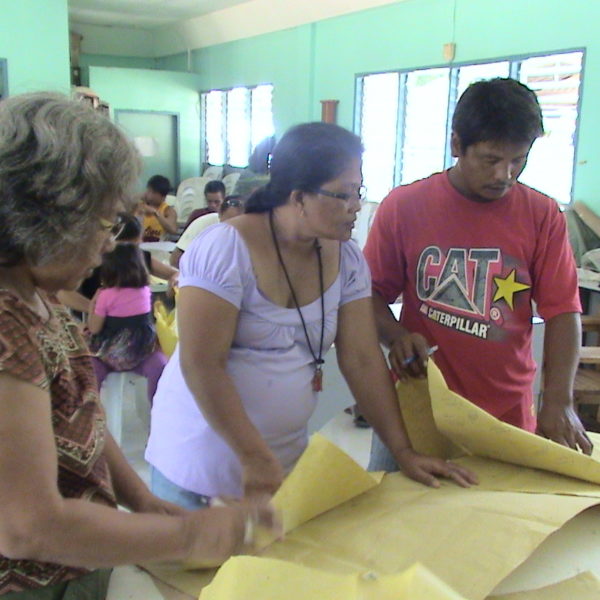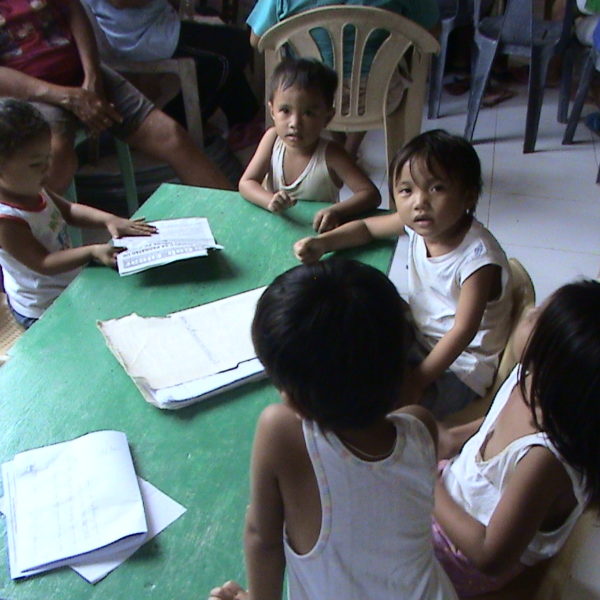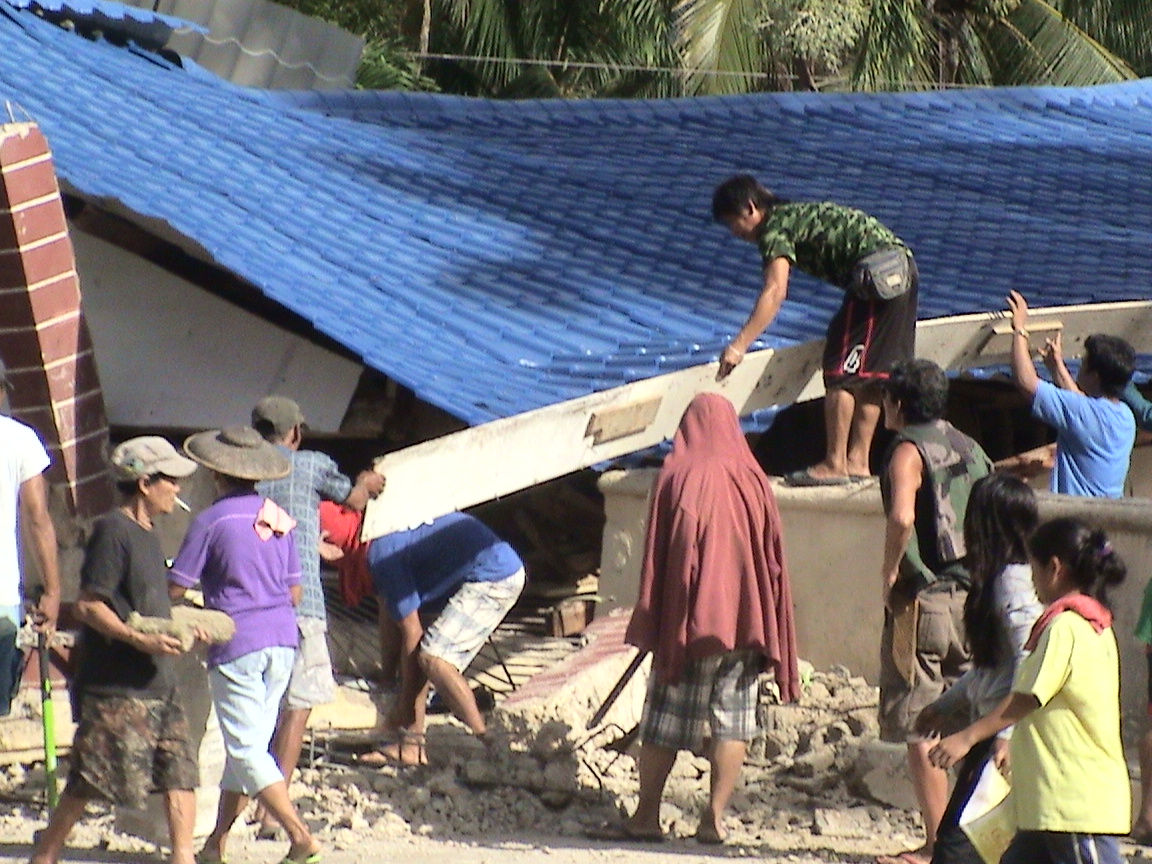
Text and photos by COOPER RESABAL JR.
MARIBOJOC, Bohol—Francisca Paderog, an entrepreneur in Barangay Toril of this town, has started reconstructing with mahogany wood her concrete house that totally collapsed when the 7.2-magnitude earthquake struck this island province in mid-October.
“I need to do this. My family is getting sick from staying in the tent which gets too cold at night,” she said between coughs.
A grandchild, she added, has been brought to the hospital for having continuous fever.
From where she stands, one can hear hammers banging and see people carrying slabs of concrete or raising wooden posts and pulling bamboo poles in different sections of Toril.
In this town and several other quake-damaged municipalities, the early December air rings with the sound of people rebuilding their homes—and their lives.
The air is also filled with optimism following assurances from national and provincial leaders that Boholanos will have a bright Christmas through rehabilitation assistance and resumption of power and other services.
“We want to stand up. We want to rebuild our houses,” said Antonio Batinggal, 50, a newly elected councilman in Sto. Rosario, Antequera, one of the most quake-damaged Bohol towns along with Loon and Maribojoc.
President Benigno Aquino III, who inspected Nov. 28 the completed emergency Abatan Bridge here, some 10 kilometers from the capital Tagbilaran, attributed the speedy restoration of normal economic activities in Bohol to “pakikiisa ng mga kababayan (spirit of unity).”
From a floating bamboo ramp, Aquino and Bohol Gov. Edgar Chatto, with public works and social welfare secretaries and other cabinet members, viewed the reconnected bridge that links the capital Tagbilaran to the towns of Maribojoc, Loon, Calape, Tubigon, Clarin, Inabanga, Buenavista, Jetafe and Talibon, north of the island.
Power services have resumed in all towns, albeit interrupted by blackouts, some lasting four to five hours, so much so that the sale of emergency power generators has been brisk.
“Business operators and commercial establishments are the usual buyers. Their sales and customers have been affected by the brownouts,” said Jose Emit of Café Unitech, which also sells power generators.
Aquino assured those gathered at the scenic Abatan River stop famous for its mangrove forest and firefly tours that before Christmas, power, sourced from a Leyte geothermal power plant, will be fully restored in Bohol, and that P65 million has been released for the repair and reconstruction of damaged structures in Maribojoc and Antequera towns.
A day earlier, newly elected officials of Maribojoc’s 22 barangays took their oath at the town’s cultural and sports center. Bohol held special elections Nov. 25 for barangay officials in 47 towns, almost a month of delay from the national schedule on Oct. 22 because of the emergency situation resulting from the Oct. 15 tremor.
At the oathtaking ceremony, Maribojoc Mayor Leoncio Evasco Jr. called on local leaders to leave political bickering behind and start getting involved in the task of rehabilitation.
“Each one is expected to help in rebuilding. After relief operations and stress debriefing, we need to take moves to make people take action to reconstruct their lives,” he said.
For shelter, priority will be given to “those who cannot afford” or those who have no resources to build a house, he said.
The quake damaged 4,526 houses in varying degrees in Maribojoc, Evasco said, adding that the damage was total for more than a fourth of these.
Chatto said in a radio interview that the reconnection of the Abatan Bridge here has hastened normal transportation and trade operations in the towns most severely damaged by the October quake.
Isabelita Moncano, this town’s newly designated rehabilitation officer, has been holding meetings and workshops to determine areas that are dangerous for settlements. Barangay residents are asked to make a “disaster map” that identify safe areas and danger spots, like sink holes, earth fissures, landslide and flooding prone sites, she told VERA Files.
“Identifying those who most need shelter assistance comes next and where to (safely) relocate them is necessary,” Moncano said.
In exchange for free housing materials, like cement, bamboo, nipa and nails, beneficiaries will have to provide counterpart labor in the form of “mutual aid” (bayanihan) in the construction of houses, she said.
In a workshop to determine who among those with damaged houses deserve free shelter, re-elected Busao village chairperson Rosario Dapiton, a retired high school principal, said many of her constituents are looking for resources to begin constructing new houses so they can all move on.
